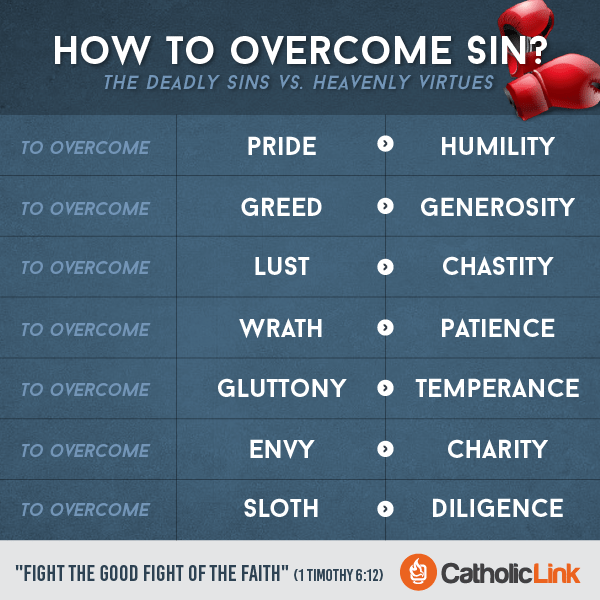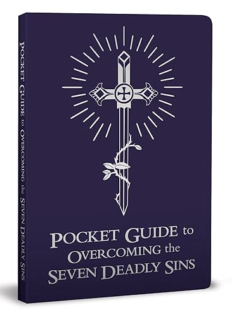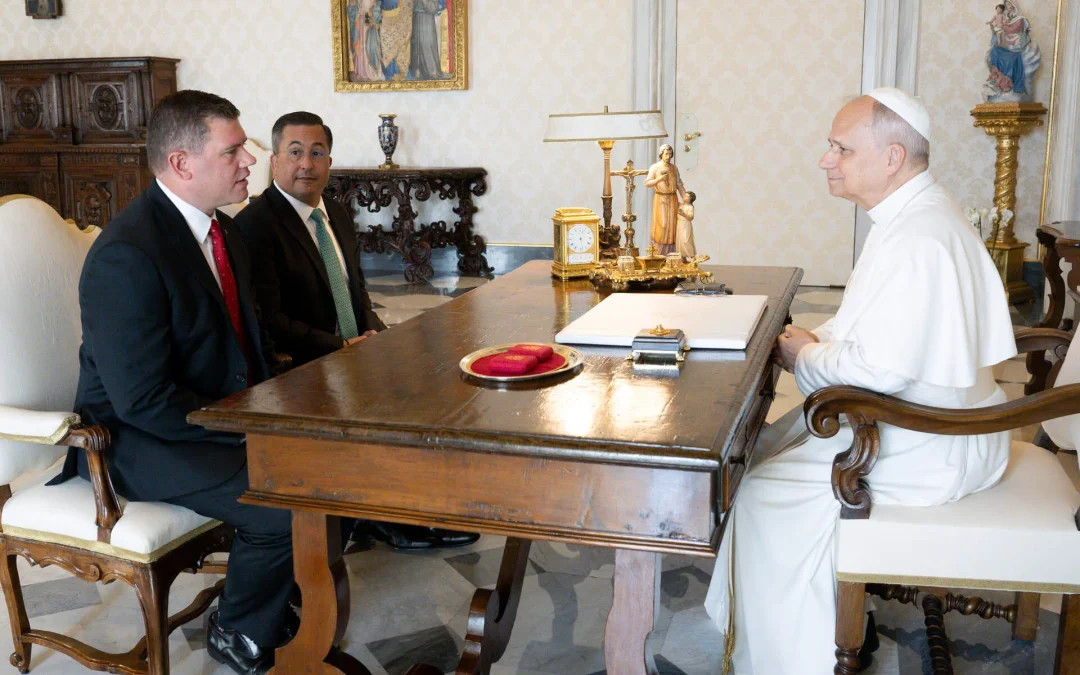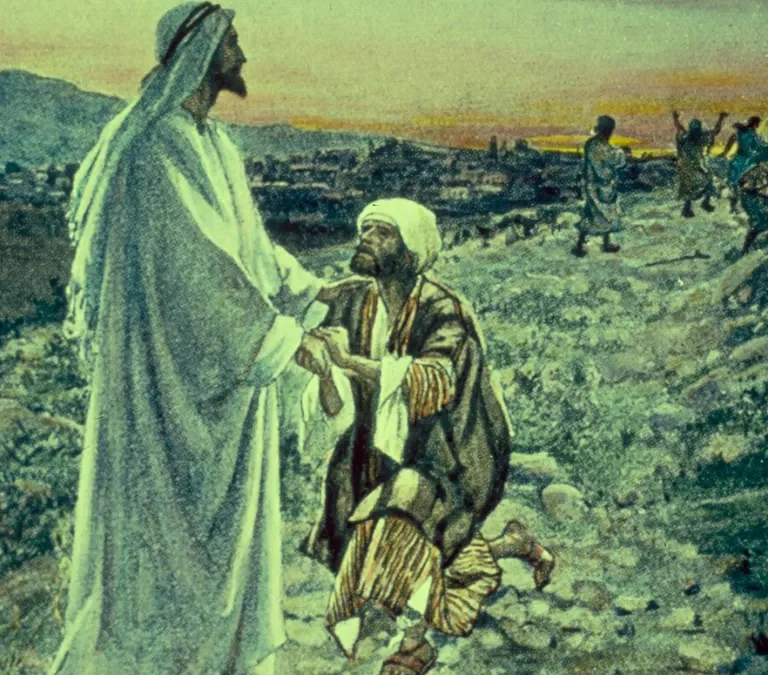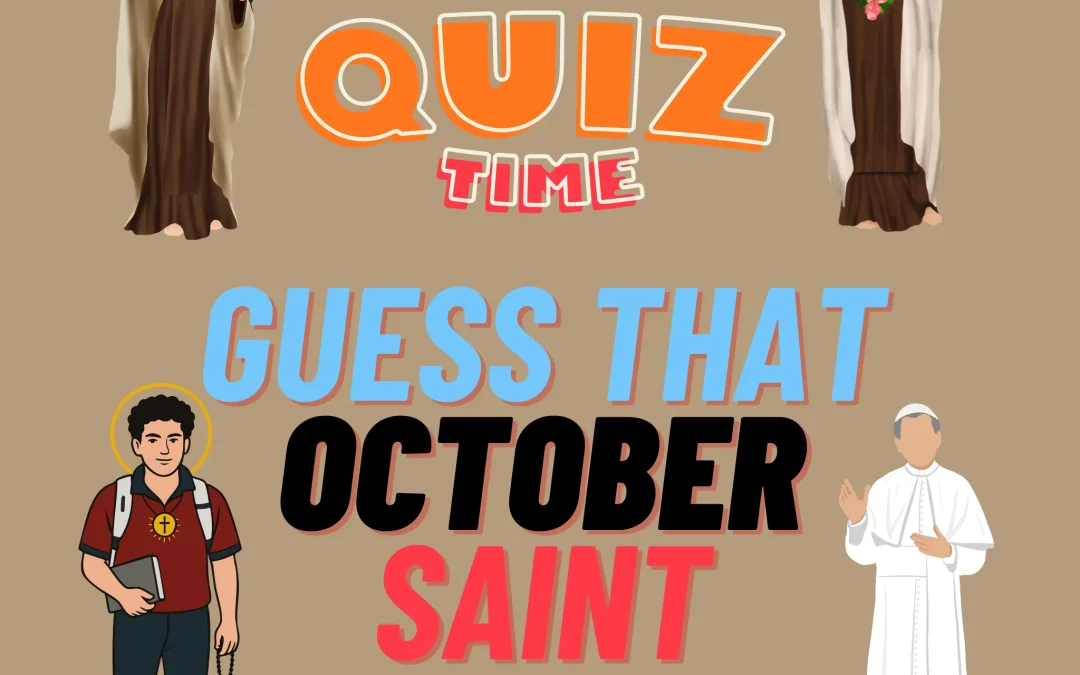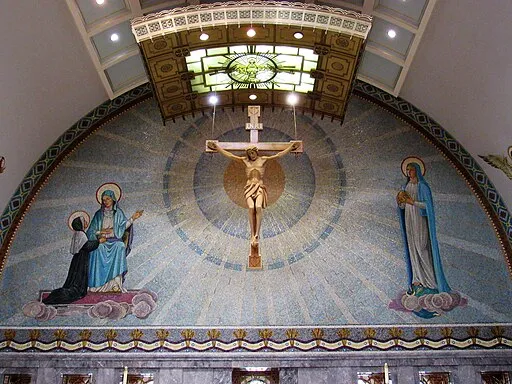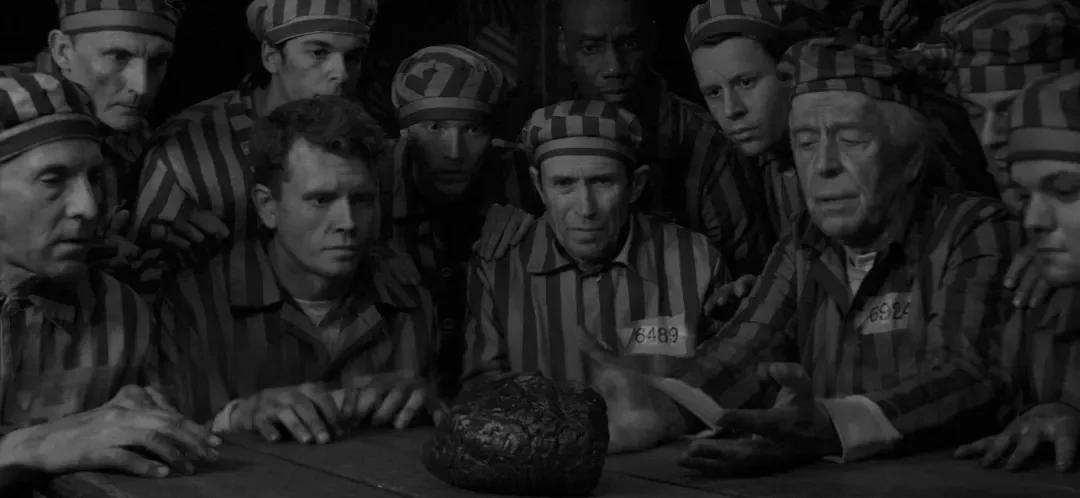Reese’s Peanut Butter Cups are my kryptonite.
I tell myself I’ll just have one or two, but somehow the wrapper count tells a different story. There’s just something about that perfect blend of chocolate and peanut butter—it’s like the culinary version of harmony. I hope writing about it doesn’t tempt you too much… because it’s testing my own willpower just thinking about it.
During stressful weeks, my wife and I both find ourselves craving chocolate. And sometimes, on the drive home from the grocery store, I’ll sneak a few before we even pull into the garage. At first, it’s just a treat. But then it’s three… or five… and I’m left wondering if that chocolate binge was actually a prelude to a sugar-fueled confession.
It’s funny until it’s not. Because sometimes, I’m not just satisfying a sweet tooth—I’m numbing my stress, avoiding prayer, or indulging an appetite that doesn’t stop with chocolate. And that’s where the Church’s wisdom kicks in.
What Is Gluttony? (And Why It’s More Than Just a Sweet Tooth)
Most of us were introduced to gluttony as “eating too much,” usually with a wink and a nudge around holiday dinners. But the Catholic tradition gives a much deeper and more sobering understanding. Gluttony is one of the seven deadly sins, not because food is bad, but because our disordered desire for it reveals a deeper disorder in our soul.
According to the Catechism of the Catholic Church (CCC 1866), gluttony falls under sins against temperance—a misuse of good things for self-gratification. And St. Thomas Aquinas outlines five expressions of gluttony: eating too much, too eagerly, too quickly, too expensively, or being overly picky.
St. John Vianney gives us a blunt spiritual diagnosis: “Gluttony is an inordinate love of eating and drinking. We are gluttonous… when we take food in excess, more than is required for the support of our poor body… even to lose our senses and our reason” (On Gluttony). He’s not just talking about calories—he’s talking about how a lack of moderation can degrade both body and soul.
Pope Francis brings this ancient warning into a modern context. In a 2024 audience, he noted how gluttony today is more than overindulgence. It’s about consumption as identity: “We were made to be Eucharistic… but the danger is that we turn into predators.” In other words, gluttony can morph into an ecological, societal sin—when we consume not just food, but the planet itself, without thought or gratitude.
I’ve felt this firsthand. When I reach for a Reese’s out of anxiety rather than enjoyment… when I eat mindlessly, or hide wrappers like spiritual evidence… I know I’m not just dealing with chocolate. I’m dealing with a deeper hunger.
Gluttony, like all deadly sins, isn’t just about the act—it’s about the disorder beneath it.
What Is Feasting? (And Why It’s Holy!)
It might surprise some people to hear that the Catholic Church actually encourages feasting. Yes, encourages. After all, our faith is full of celebrations: weddings, saints’ days, solemnities, Easter Vigil spreads that rival Thanksgiving, and the Marriage Supper of the Lamb itself (Revelation 19:9).
So what makes feasting different from gluttony?
Feasting is not about excess. It’s about honoring. When we feast, we’re not just indulging our senses. We’re using food and drink to express joy, gratitude, and communion. Think of the wedding at Cana (John 2:1–11). Jesus didn’t just supply wine for the party—He supplied the best wine. And He did it as His first miracle. That’s not a random detail. It shows us something about the goodness of celebration.
Pope Francis highlights this balance well: “Jesus wants us to be joyful in his company… but he also wants us to participate in his suffering.” (General Audience, Jan. 10, 2024) When Christ is with us, we celebrate. When he is taken away—through suffering, Lent, or spiritual dryness—we fast. It’s a rhythm, a relationship.
And like any healthy relationship, there are boundaries. Feasting finds its meaning when paired with discipline. It becomes a holy delight, not a desperate indulgence. After a long Lenten fast, we sit around the Easter table with a deeper awareness of Christ’s victory and the joy that flows from it. The food tastes different—not just because it’s delicious, but because it’s wrapped in spiritual meaning.
Feasting is seasonal, intentional, and communal. Gluttony, by contrast, is impulsive, self-centered, and isolating.
Fasting: The Forgotten Feast
If feasting celebrates joy, fasting clarifies our hunger.
Fasting is not a punishment. It’s preparation. Throughout Scripture, fasting is a spiritual discipline that makes room for grace. Jesus fasted for forty days in the desert (Matthew 4:1–2). The apostles fasted before major decisions (Acts 13:2–3). And the early Church, following Christ’s own example, set aside regular seasons for fasting as a way to grow in virtue and strengthen their dependence on God.
Fasting reveals what we lean on instead of God. It unearths idols, including the idol of comfort. St. John Vianney reminds us, “If death were to surprise us in this state [of gluttony]… we should fall in that state into the hands of the good God.” Our appetites (or desires or passions) can dull our readiness for eternity.
Here are a few ways I’ve found fasting doable—and fruitful:
- Fast from noise: Turn off the background podcast and listen in prayerful silence.
- Fast with intention: Offer your fast for someone or for the Pope’s prayer intention.
- Start small: Skip a snack. Delay your coffee. Eat what’s served without complaint.
Pope Francis speaks to this balance too: “The way we eat is the manifestation of something within… Tell me how you eat, and I will tell you what kind of soul you have.” (General Audience, Jan. 10, 2024) Fasting, done well, doesn’t just trim our cravings. It tunes our soul.
Discerning the Seasons: Fast, Feast, or Fall Into Gluttony?
The Church, in her wisdom, gives us liturgical rhythms to teach us how to live. Advent is for waiting. Lent is for purging. Easter is for celebrating. Ordinary Time is for growing. If you follow the Church calendar, you’ll notice: there’s always a season for fasting and a season for feasting.
But how do we know when we’re feasting—or when we’re falling into gluttony?
St. John Vianney offers a clear diagnosis: “We choose rather to satisfy our taste than to please God; we drown, we stifle our soul in wine and food.” (On Gluttony) His point? Appetite isn’t bad. But our priority must be pleasing God, not pleasing our palate.
Here are some questions I ask myself:
- Am I giving thanks?
- Am I using food to avoid something or fulfill a deeper need—stress, boredom, grief?
- Is this helping me love others, or retreat into myself?
Gluttony is often a disguise for a deeper ache. Feasting can be holy—but only if it points us to something higher. When we feast without gratitude, we gorge. When we fast without prayer, we diet. But when we do both with intention, we participate in the rhythm of grace.
Satisfy the True Hunger
God gave us bodies. He gave us taste buds. He gave us chocolate (thank you, Lord). But He also gave us reason, virtue, and the capacity for self-gift. When we learn to fast and feast with purpose, we don’t reject creation—we elevate it.
“A moment of pleasure in this world will cost us very dear in the other,” warned St. John Vianney (On Gluttony). That line doesn’t come from a place of fear, but of perspective. When we eat, let it be to nourish. When we celebrate, let it be in thanksgiving. When we fast, let it be with purpose.
Because at the end of our lives, as Vianney reminds us, “God will not say to us at the Day of Judgment, ‘Give Me an account of thy body’; but, ‘Give Me an account of thy soul.’” (On Gluttony)
So the next time you’re tempted to polish off that bag of Reese’s, pause. Say a quick prayer. Ask yourself: Am I feeding my body, or am I starving my soul?
Then, fast or feast in freedom. Because in Christ, even our appetites can become holy.
“As long as the vice of gluttony has a hold on a man, all that he has done valiantly is forfeited by him: and as long as the belly is unrestrained, all virtue comes to naught.”
—Pope St. Gregory the Great
How To Overcome The 7 Deadly Sins
More Resources On The 7 Deadly Sins
Pocket Guide to Overcoming the Seven Deadly Sins
Image: Photo by Sander Dalhuisen on Unsplash

